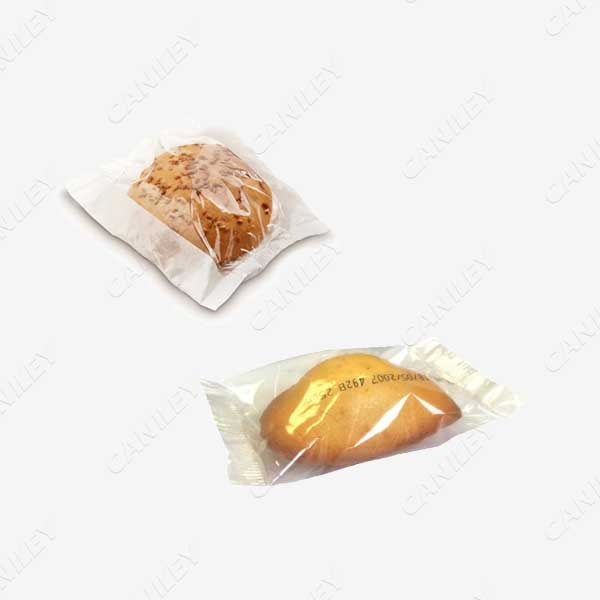Bread has been a staple food for centuries, enjoyed by people around the world in various forms. From classic white loaves to artisanal whole-grain creations, bread provides sustenance and comfort. However, have you ever wondered why bread comes wrapped in packaging? Beyond its role in preserving freshness, bread packaging serves several important purposes that ensure the quality and convenience of this everyday necessity. In this article, we delve into what is the purpose of bread packaging.

Preservation of freshness:
The primary purpose of bread packaging is to preserve its freshness and extend its shelf life. Bread is a perishable food item, and exposure to air, moisture, and microorganisms can accelerate its spoilage. Packaging acts as a protective barrier, preventing moisture loss, maintaining texture, and minimizing the growth of mold and bacteria. By creating a controlled environment, bread packaging helps to retain its flavor, aroma, and overall quality, ensuring that consumers can enjoy a fresh loaf for a more extended period.
Hygiene and safety:
Packaging plays a crucial role in ensuring the hygiene and safety of bread. By encasing the bread in a sealed package, it prevents contamination from external factors such as dust, dirt, insects, or handling during transportation and display. Maintaining hygiene standards is essential to safeguard consumer health, and packaging acts as a reliable shield against potential sources of contamination, making bread consumption safer and more reliable.
Branding and information:
Bread packaging serves as a canvas for branding and conveying essential information to consumers. Manufacturers utilize packaging as an opportunity to showcase their brand identity through logos, colors, and design elements. Eye-catching packaging helps consumers identify their preferred brands quickly and build a sense of trust and familiarity. Additionally, packaging provides vital information such as ingredients, nutritional facts, allergen warnings, and expiration dates, allowing consumers to make informed choices based on their dietary needs and preferences.
Convenience and portability:
The packaging of bread enhances its convenience and portability. Individual slices, buns, or bagels are often individually wrapped, allowing for easy grab-and-go options for busy individuals or for packed lunches. Pre-sliced bread packaging eliminates the need for consumers to handle the loaf directly, reducing the risk of accidental damage or contamination. Portion-controlled packaging also aids in maintaining freshness and reducing food waste, as consumers can use what they need and keep the rest sealed for later consumption.
Extended accessibility:
Packaging plays a vital role in ensuring that bread reaches a wide range of consumers, including those with specific dietary requirements. Gluten-free, whole wheat, or other specialty breads often require specific packaging to maintain their unique characteristics. The packaging helps segregate these products from regular bread, preventing cross-contamination and enabling individuals with dietary restrictions to enjoy a safe and varied bread selection.
While the primary purpose of bread packaging is to preserve freshness, its significance extends far beyond that. Bread packaging ensures the hygienic and safe delivery of this essential food item, while also serving as a platform for branding, providing information, and enhancing convenience and portability. It plays a crucial role in meeting the diverse needs of consumers and facilitating the accessibility of bread for people with specific dietary requirements.
